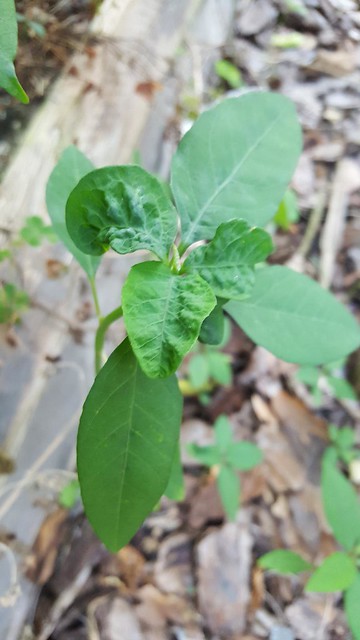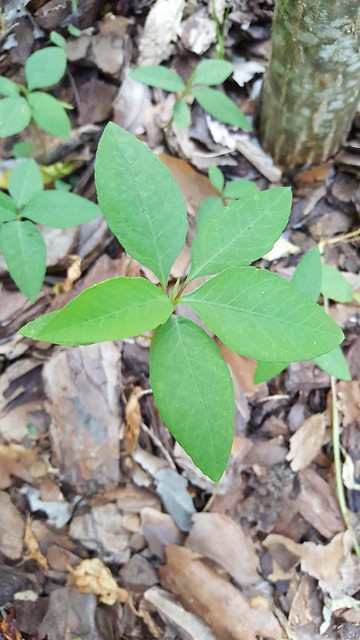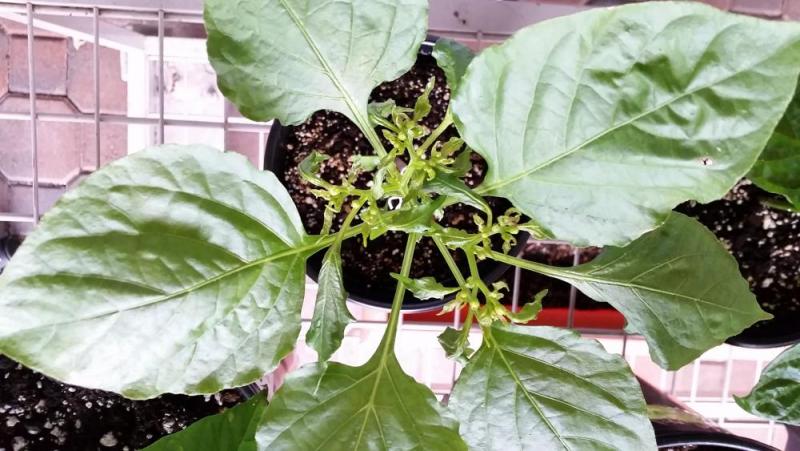As per suggestion from some around here, I've following a weekly spraying plan (2 tsp cold-pressed neem/1 tsp Dr. Bronners. soap in a quart of water) for a rather sprawling Aji Limon plant that has a pretty bad infestation as almost of all the new growth tips/nodes have been killed off or badly damaged at this point, with a few isolated parts of the plant remaining pristine and untouched for whatever reason.
The thing is, despite being very thorough about spraying the mites only seem to be absent from the leaves for maybe a day or two before I'll check them to find that they're covered with them yet again (This was after I had made sure the mixture was emulsifying properly, too), and the damage continues to occur.
While the sprays did seem effective in the past for culling small numbers of them, they really don't feel like they're working this time for some reason. The only change I've made in regards to the spray is that I've been using Bronner's almond-scented soap instead of peppermint, but I don't think that would make a difference.
Would it be better to just prune the parts of the plant that look to be badly infested to be certain I'm taking out the bulk of the mites, then focus on protecting the healthy parts they haven't reached yet?
The thing is, despite being very thorough about spraying the mites only seem to be absent from the leaves for maybe a day or two before I'll check them to find that they're covered with them yet again (This was after I had made sure the mixture was emulsifying properly, too), and the damage continues to occur.
While the sprays did seem effective in the past for culling small numbers of them, they really don't feel like they're working this time for some reason. The only change I've made in regards to the spray is that I've been using Bronner's almond-scented soap instead of peppermint, but I don't think that would make a difference.
Would it be better to just prune the parts of the plant that look to be badly infested to be certain I'm taking out the bulk of the mites, then focus on protecting the healthy parts they haven't reached yet?




